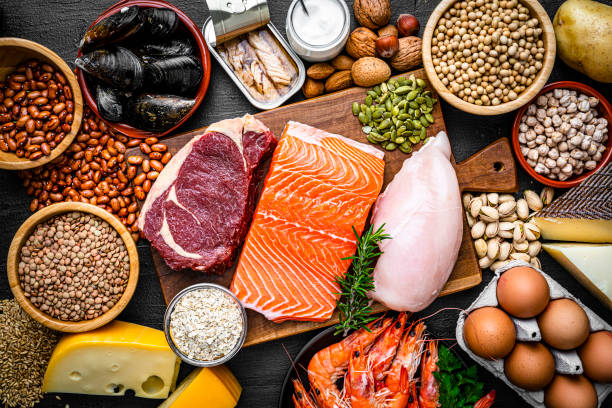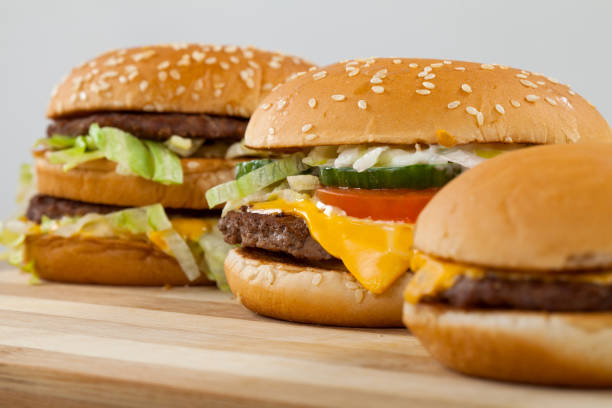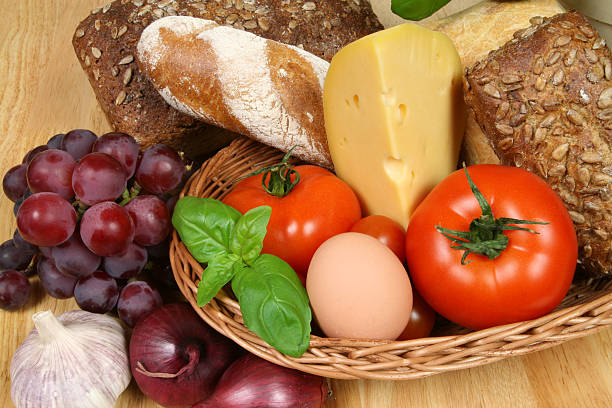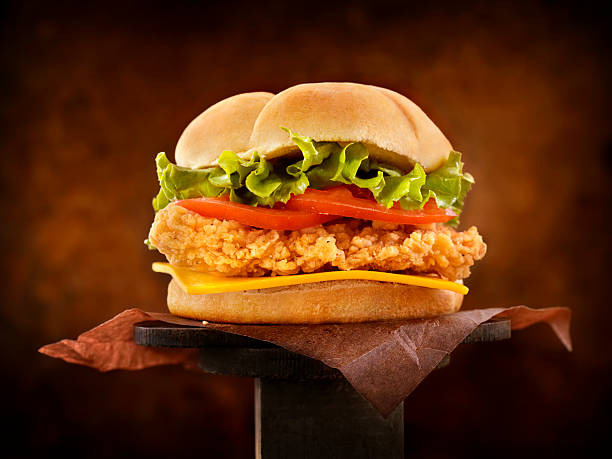Onions are a staple in many kitchens, adding flavor and aroma to a wide variety of dishes. Their pungent taste comes from sulfur compounds, which also make raw onions cause teary eyes when chopped. While fresh onions last for weeks at room temperature, refrigerating them can extend their shelf life even further. But just how long does an onion last in the fridge? As an experienced home cook and food storage expert, I’ve done extensive research on produce freshness and storage. In this article, I’ll share with you the exact fridge shelf life for whole, chopped, and cooked onions. You’ll learn how to tell when an onion has gone bad, the best way to store onions in the refrigerator, and tips to make your onions last as long as possible. Whether you buy onions in bulk or just need a few for recipes, you’ll have the knowledge to keep onions fresh and available when you need them. Let’s dive in and settle the debate over just how long onions last in the fridge.
The Significance of Proper Food Storage
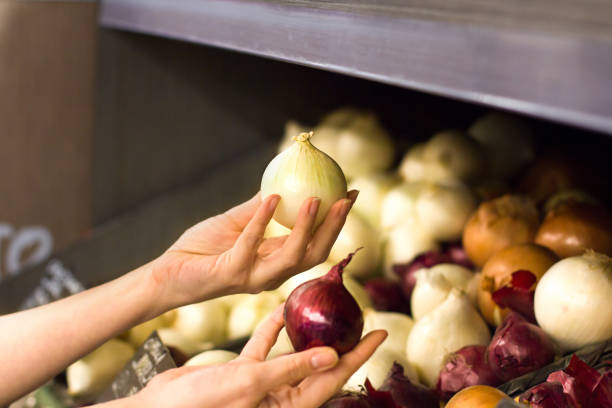
The Significance of Proper Food Storage
Proper storage is the key to preserving foods and avoiding waste. Correct temperatures, air circulation, light exposure, and humidity levels work together to slow down the natural processes of decay. For onions specifically, keeping them dry, cool, and contained helps prolong freshness. Improper storage accelerates sprouting, drying out, and mold growth. Monitoring onions and using them within their recommended time frames preserves both nutrients and taste. Overall, understanding optimal storage conditions and which techniques work best for different foods empowers home cooks to get the most out of their ingredients.
The General Shelf Life of Onions in the Refrigerator
As a general guideline, whole, unpeeled onions will last 2-4 weeks in the refrigerator, while cut onions will stay fresh for 7-10 days. However, many factors influence onion shelf life, including onion variety, if it is whole or cut, storage method, and condition of the onion. Proper temperature control is also essential. Cold air in the refrigerator slows down spoilage but does not stop it completely. Sticking to the timelines for raw onion storage ensures safety and quality.
Optimal Conditions for Storing Onions
Creating the right environment helps extend onion life. The ideal refrigerator temperature for storage is 35-40°F. Using the crisper drawer or a vented plastic produce bag provides airflow. Keeping the humidity between 60-70% prevents onions from drying out. Air circulation is also key – do not overcrowd onions in a bag. With the right conditions, whole onions can last over a month. Monitor for sprouting and soft spots. Adjusting storage methods preserves texture and flavor.
Ideal Temperature and Humidity Settings for the Fridge
Most refrigerators operate around 37°F. The optimal range for onion storage is 35-40°F. Temperatures above 50°F accelerate spoilage. Equipping fridges with digital displays allows easy monitoring. An external thermometer inside the unit also works. For humidity, 60-70% prevents shriveling. Crisper drawers often have slide controls for customizing humidity based on produce needs. Mini hygrometers can also help monitor levels. Preserving the ideal temperature-humidity balance is essential for optimizing onion shelf life.
Store Onions In The Drawer
Crisper drawers provide enclosed storage that retains moisture and prevents ethylene gas exposure. The confinement also contains odors. However, excess moisture causes mold and sliminess. The shelf allows for more airflow but introduces ethylene risks and less temperature regulation. Also, shelf stacking can bruise onions. For whole, unpeeled onions, open storage like a vented bag on the shelf is ideal for air circulation. Cut onions are better suited for the crisper. Evaluate onion condition and adjust placement accordingly. Both areas work if storage guidelines are followed.
Shelf Life Variations by Onion Type
Not all onions are equal when it comes to optimal storage life. Understanding these differences in shelf life enables proper usage based on onion variety.
Storage Life Among White, Red, and Yellow Onions
Yellow onions have the longest shelf life, lasting 2-4 months with proper storage. Red onions are mid-range, with a 3 week to 2 month lifespan. White onions have the shortest life at 1-2 weeks unrefrigerated or 2-4 weeks refrigerated. The higher sulfur content in white onions accelerates spoilage. Yellow onions have thicker, more durable outer skins that protect them longer. Red onions fall between the two. Knowing variety storage times prevents waste.
Factors that Influence These Variations
Why do some onions last longer? Shelf life variations come down to:
- Outer skin/flesh thickness
- Initial moisture content
- Natural sulfur compounds
Thicker outer skins contain moisture better. Sulfur gives onions their bite but also accelerates decomposition. Drier onions keep longer. Understanding these differences allows proper usage based on shelf life.
Storing Uncut Onions
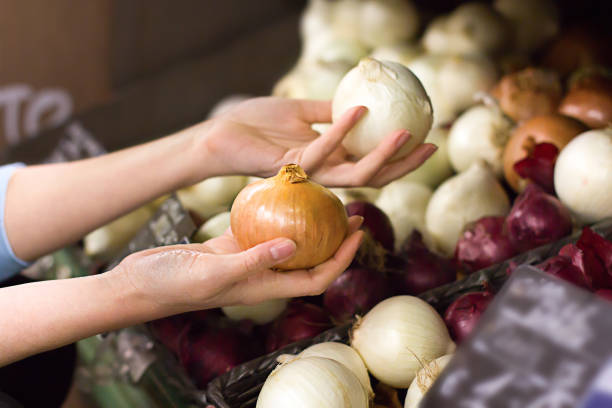
Storing Uncut Onions
Uncut, whole onions maximize storage potential. Follow these guidelines for whole onions.
Best Practices for Uncut Onion Storage
Leave onions whole with dry skin and roots intact. Remove any damaged outer layers or roots. Place in a breathable mesh or paper bag, shelf of the fridge, or crisper drawer. Keep at 35-40°F with 60-70% humidity. Air circulation is vital – do not overpack the bag. Check weekly and remove any spoiled onions. With optimal conditions, whole onions can last up to 3 months.
Situations that May Reduce the Shelf Life of Uncut Onions
Certain situations introduce bacteria and accelerate spoilage in whole onions. Damaged, wet, or cut skin exposes onion flesh to microbes. Rotten adjacent onions spread mold. Excess moisture causes sliminess, sprouting, and mold. High temperatures speed up chemical processes that break down cell structures. Sunlight and light exposure also encourage sprouting and breakdown. Avoid these factors to maximize storage life.
Storing Cut Onions
While cut onions lose shelf life compared to whole onions, proper storage can still prolong their use. Here are some best practices for cut onions:
Proper Preparation of Onions Before Storage
Prevent contamination and drying when preparing cut onions:
- Sanitize cutting boards and knives
- Use clean hands
- Rinse if visibly dirty but do not soak
- Dry thoroughly with a paper towel
- Trim off root end last to keep intact until cutting
- Use within 7-10 days for raw applications
Techniques to Extend the Freshness of Cut Onions
- Refrigerate in air-tight container or resealable plastic bag
- Opt for glass storage containers to prevent lingering odors
- Place cut-side down to minimize air exposure
- Maintain moisture by lining container with damp paper towel
- Add a pinch of salt to cut surfaces to slow growth of bacteria
Prevention of Cross-Contamination
Onions can absorb odors and flavors from other ingredients. These strategies prevent unwanted transfers:
- Store onions away from raw meats, cheeses, etc.
- Wash hands after handling onions to avoid transfers
- Keep prepared onions in their own designated containers
- Use cut onions within 5-7 days for maximum freshness
- Compost onions past prime rather than trying to salvage
Tips for Keeping Onions from Absorbing Unwanted Odors
Onions are vulnerable to absorbing other scents. Approaches to limit this include:
- Keep onions in packaging until ready to use
- Place onion container on refrigerator shelf rather than door
- Store onions and fragile produce like lettuce apart
- Add baking soda inside onion container to absorb odors
- Rinse onions prior to use if concerned about odor absorption
- Discard onions with off smells rather than trying to save.
Using Onions Nearing the End of Shelf Life
Even with proper storage, onions will eventually start to spoil. Here are tips for using up onions at the end of their prime.
Creative Uses for Onions Close to Spoiling
Onions nearing spoilage can be used in:
- Soups, broths, and stocks – strong flavors cover slight off tastes
- Caramelized onions – cooking sweetens and resolves texture issues
- Baked onion dishes like French onion soup or onion crisps
- Pickled onions – vinegar preserves and masks any bitterness
- Sautéed onions as burger toppings or pizza additions
How to Salvage Onions that Have Passed Freshness?
If onions are slightly shriveled but not moldy or slimy, they can still be used in:
- Fried rice dishes – onion flavor infuses but texture becomes less important
- Onion powder – dehydrate and grind into spice
- Onion dip – cover flavor with cream cheese, sour cream, herbs
- Roasted vegetables – caramelization improves taste
- Onion jam – cooking heightens sweetness
Just remove any spoiled outer layers and evaluate the inner flesh. Discard any onions that smell rotten or feel overly soft. When in doubt, compost instead.
Nutritional Considerations
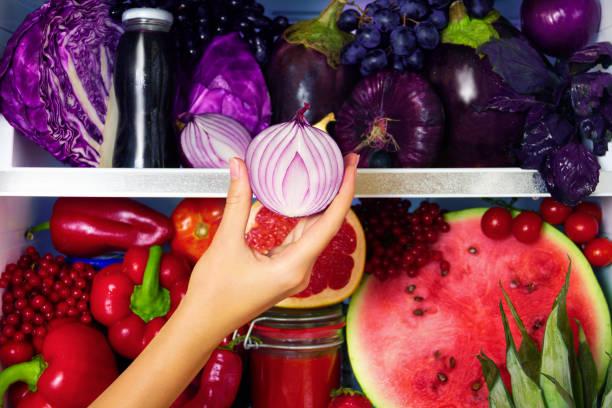
Nutritional Considerations
Onions provide antioxidant and anti-inflammatory benefits. However, proper storage affects nutrition.
Impact of Storage Methods on the Nutritional
Exposure to light and heat degrade nutrients over time. Refrigeration preserves vitamins and phytochemicals better than room temp storage. Cooking reduces certain compounds like quercetin but increases others like the antioxidant anthocyanins. Raw preserves nutrition but spoils faster. Balancing storage methods preserves both nutrients and shelf life.
Health Implications
Spoiled, damaged, or moldy onions may contain higher amounts of potentially toxic compounds like solanine glycoalkaloids. Eating them can cause gut issues. Soft onions also grow bacteria faster. Proper refrigeration avoids most health risks but always inspect onions and discard any with off colors or textures. Composting spoiled onions prevents consumption of degraded compounds.
Conclusion: How Long Does An Onion Last In The Fridge
Optimizing onion storage takes a bit of work but pays off in longevity, money savings, and less food waste. The right temperature, humidity, air circulation, and containment go a long way. Understanding onion varieties also guides expectations. While cut onions decrease shelf life, proper prep and strategic use extends freshness. Employ creative cooking methods for aging onions. Adjust storage based on onion condition. With smart refrigeration and observation, onions can last up to 3 months. Use these tips to maximize refrigerator onion storage. Enjoy onions often by using the best preservation strategies.


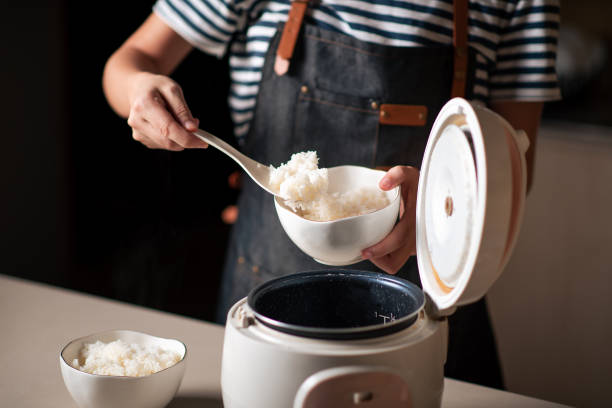
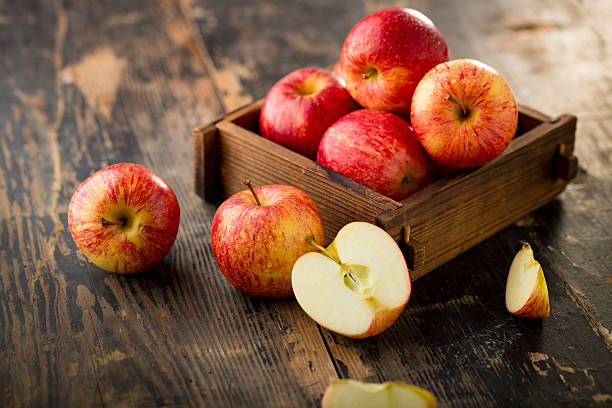
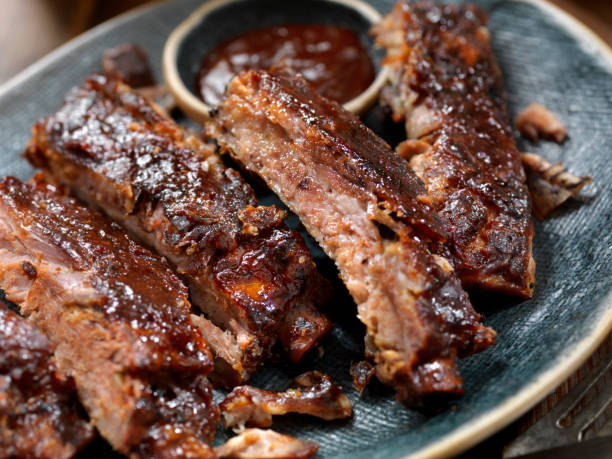
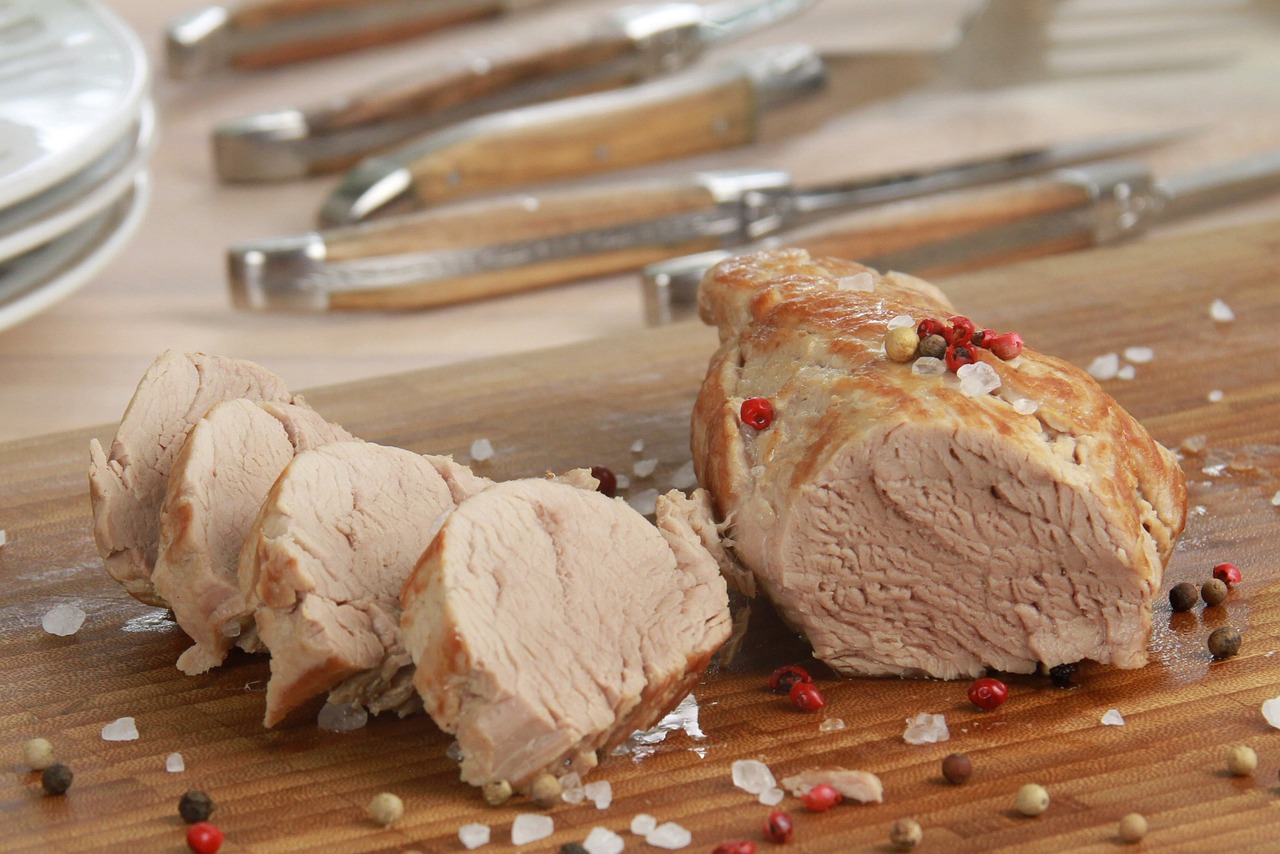
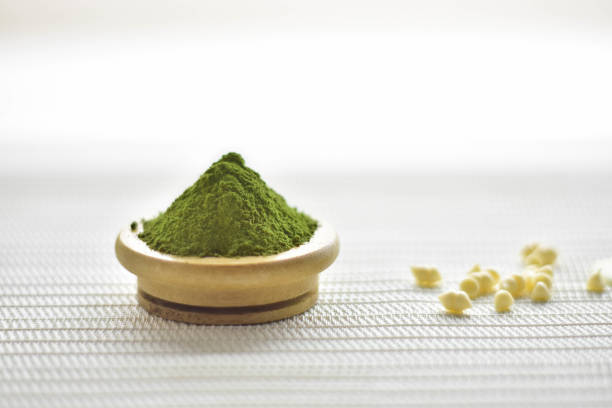
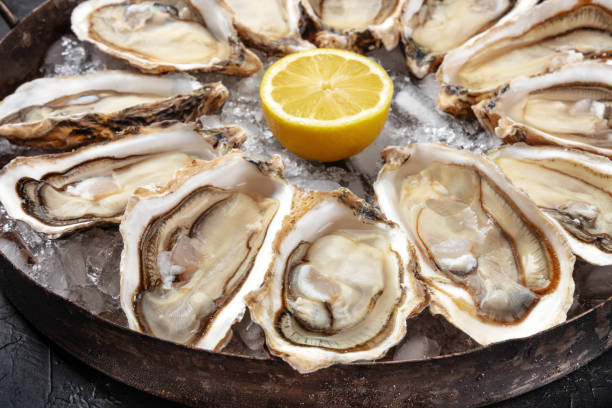
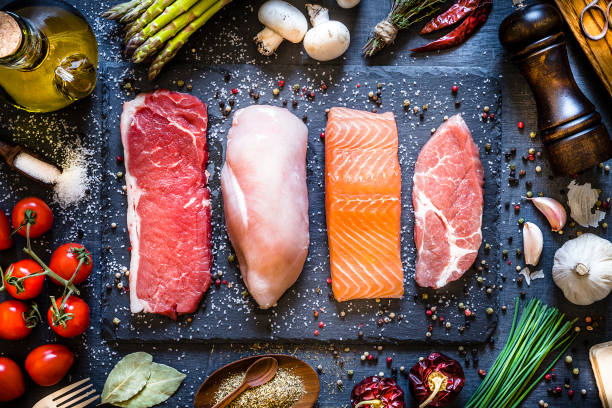

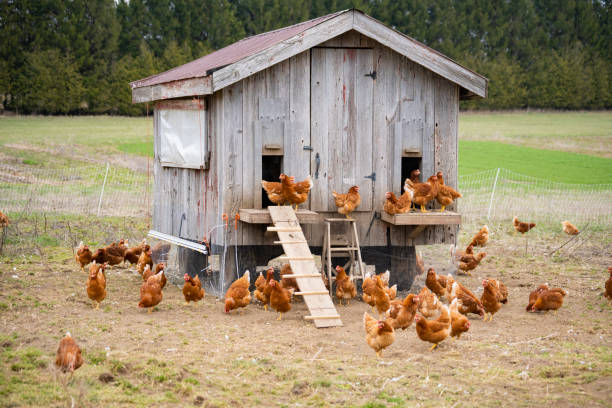
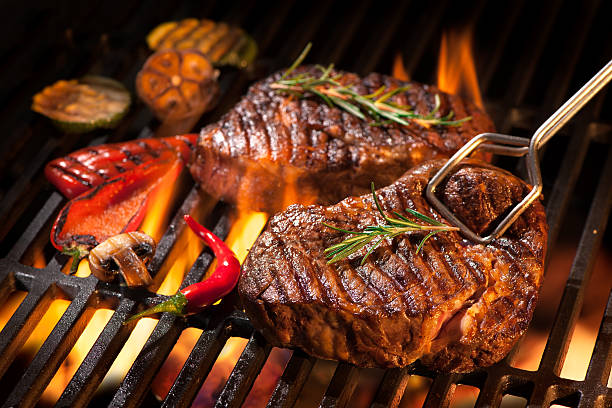
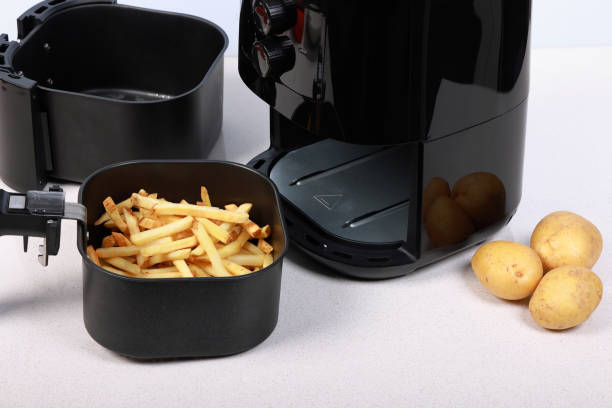
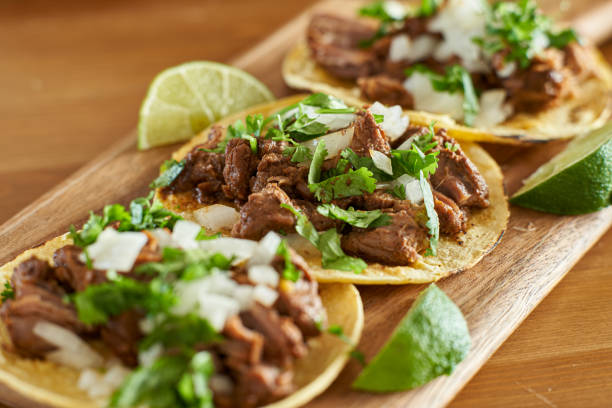


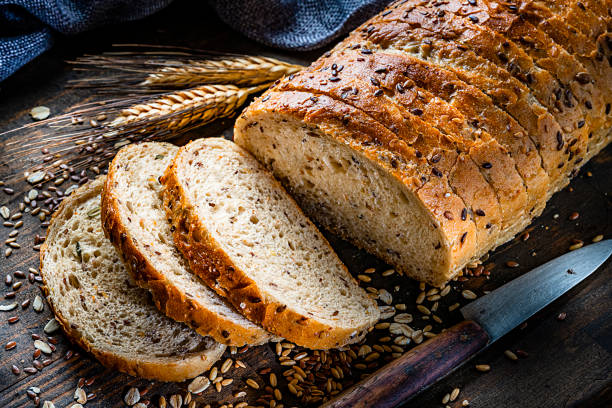
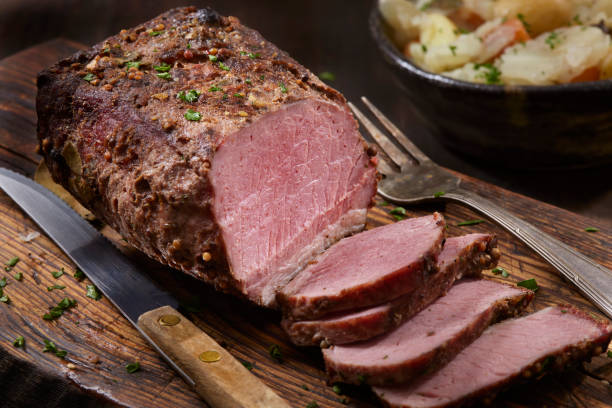
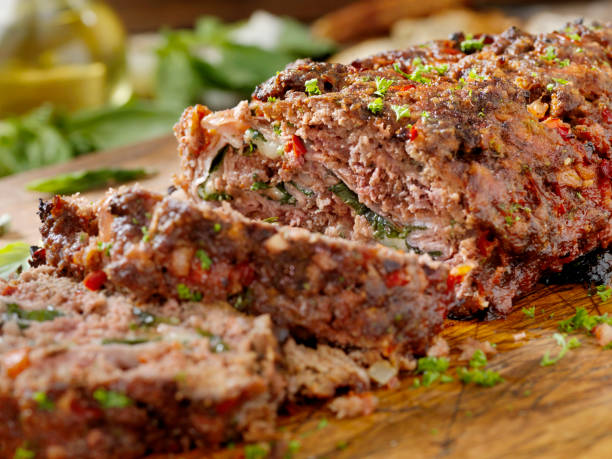
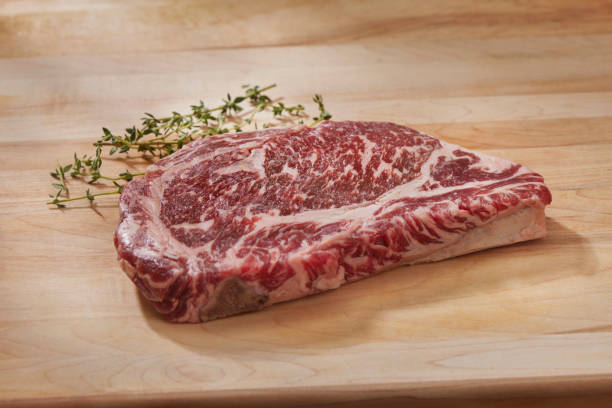
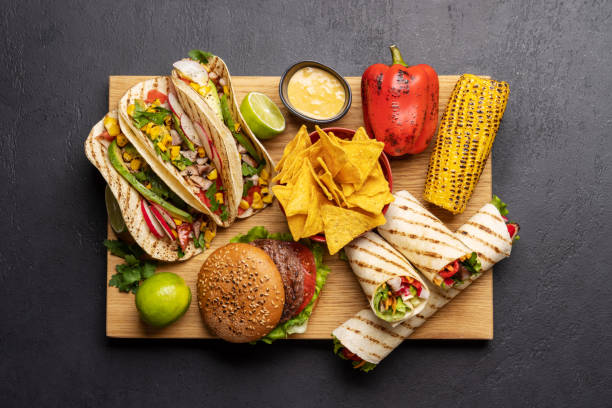

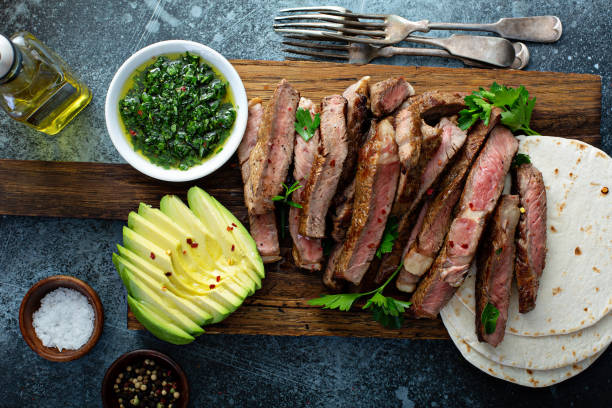
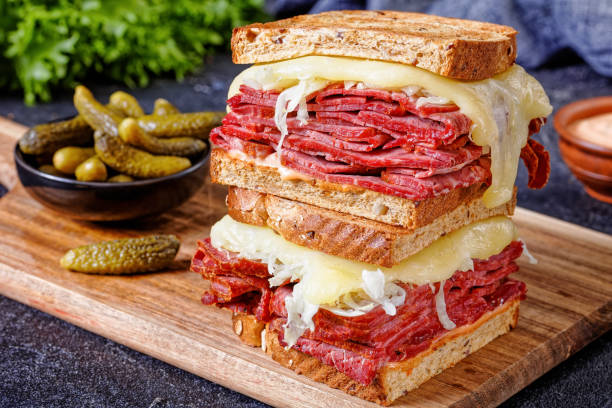
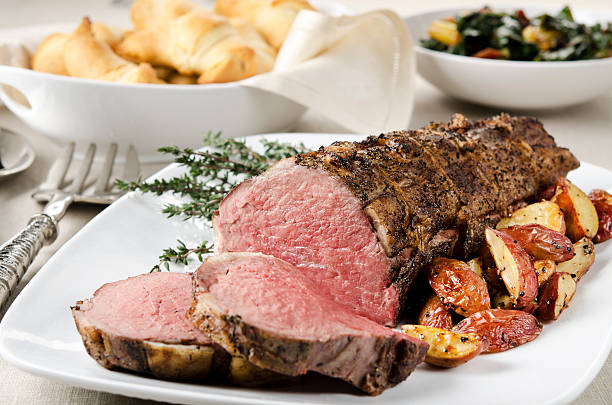



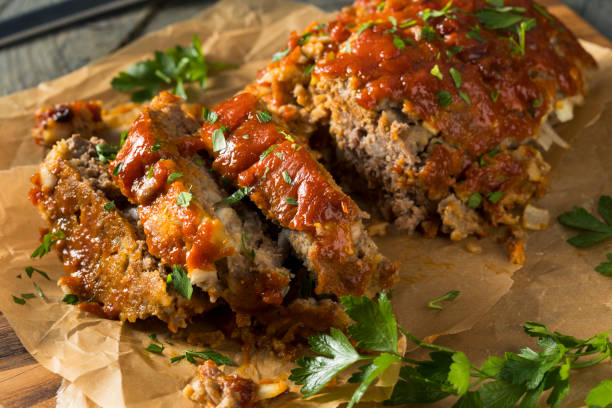
![America’s Best Wings Menu With Prices | Guides [Update 2023] America’s Best Wings Menu With Prices | Guides [Update 2023]](https://thesuntrapp.com/wp-content/uploads/2023/11/Screenshot-2023-11-16-020808.png)
